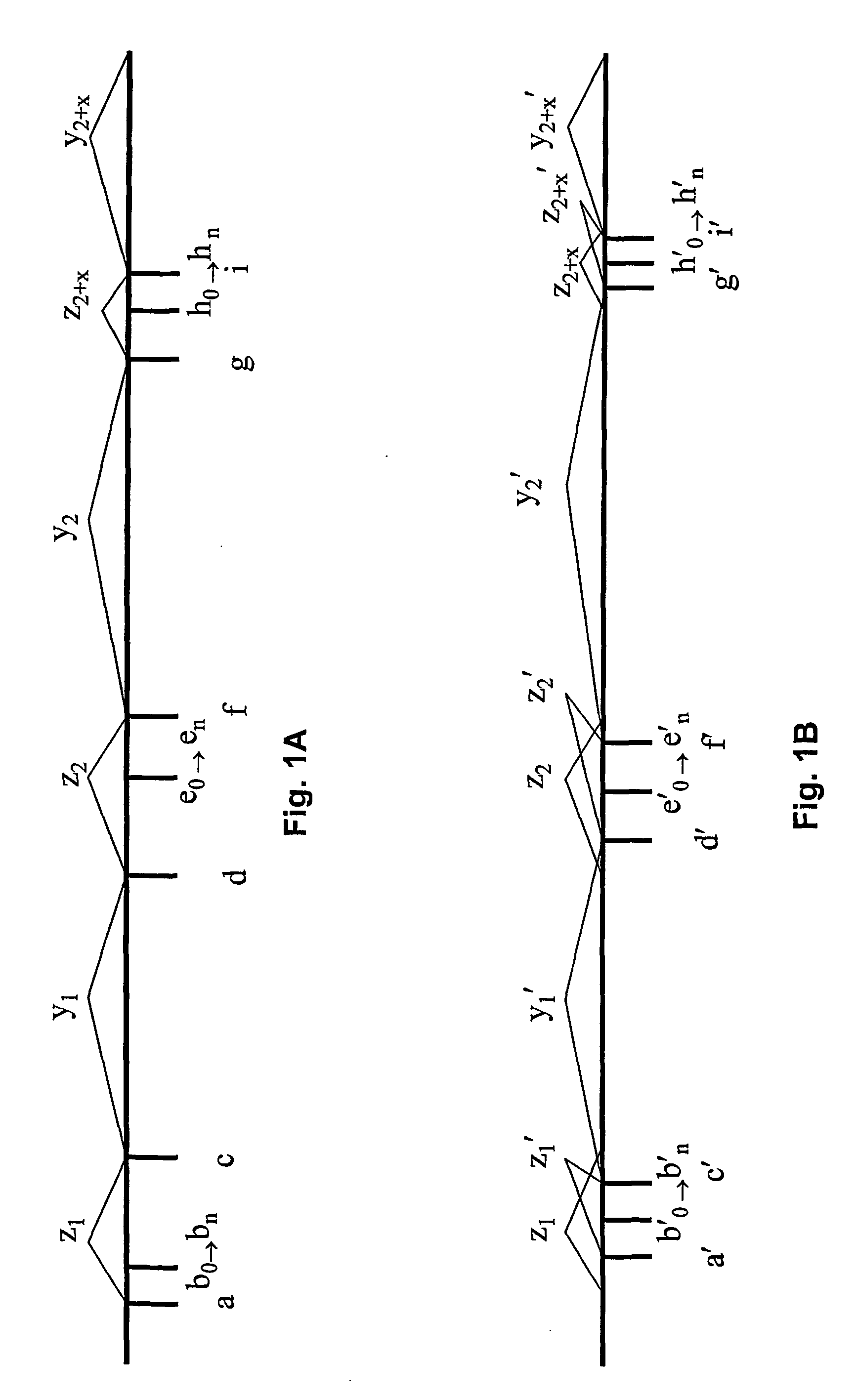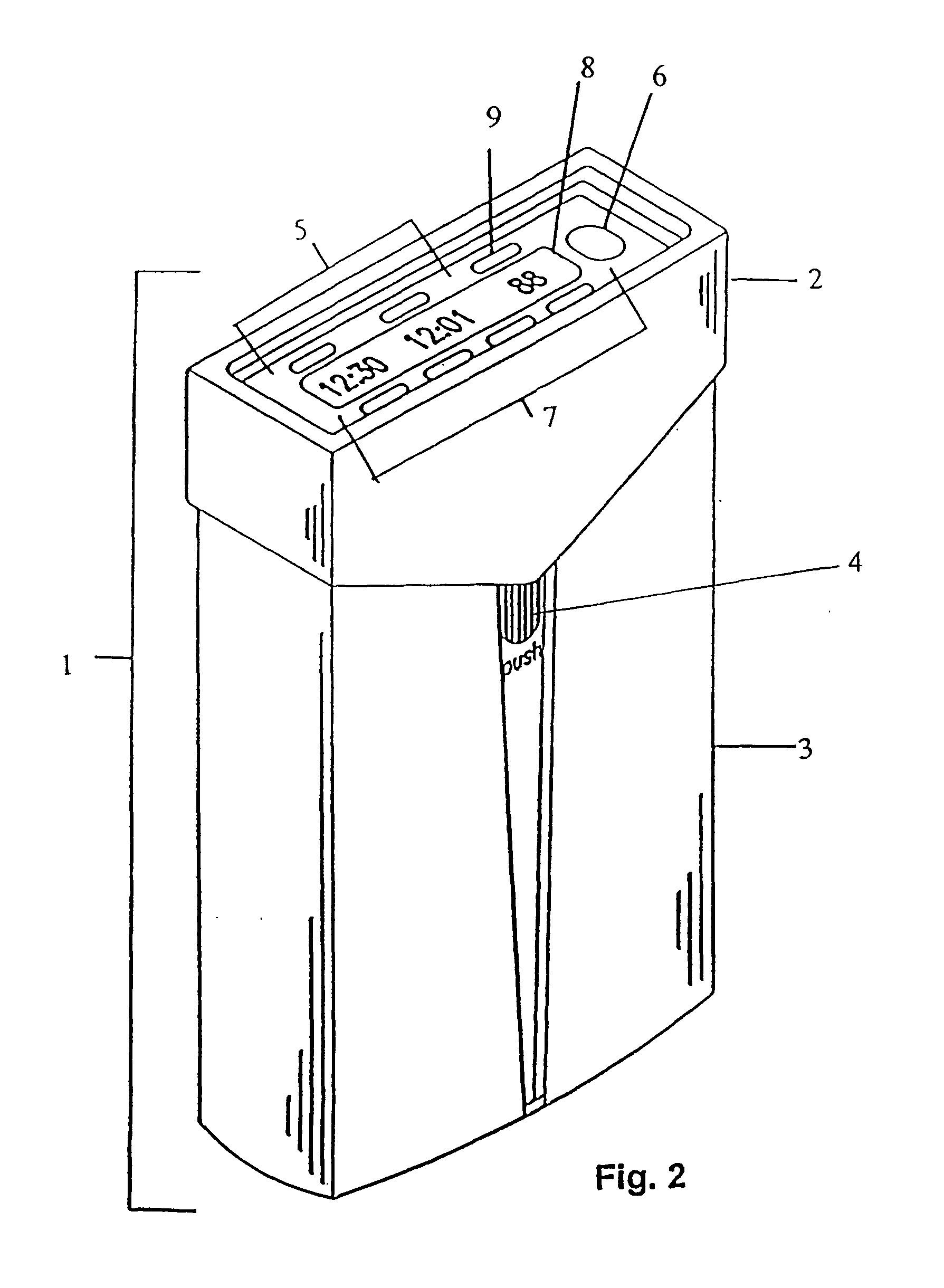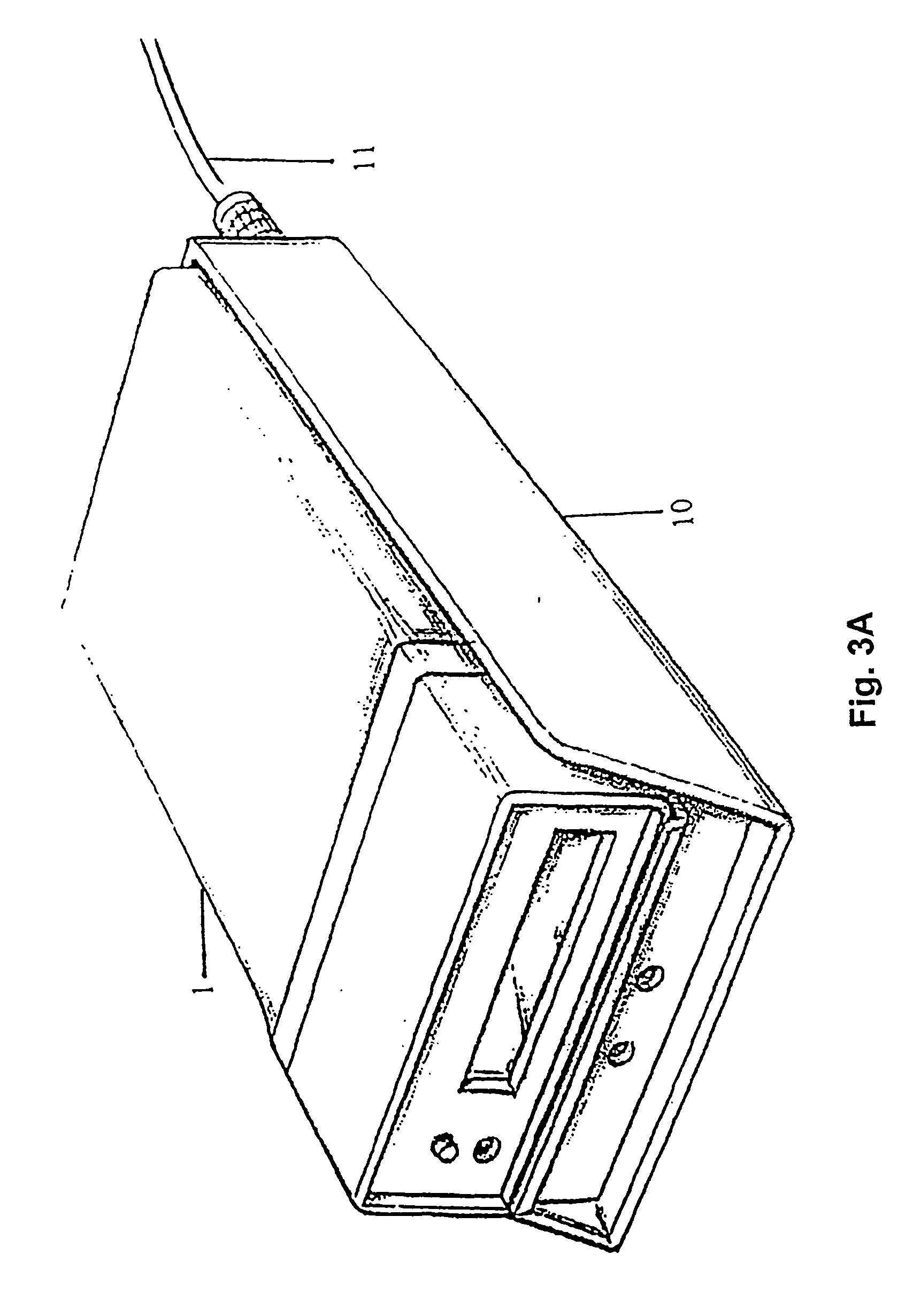Smoking reduction method
a reduction method and technology of smoking, applied in the field of smoking reduction methods, can solve the problems of high disappointment in statistics, unrealistic goals for smokers, and threats to the health of the world's smokers, and achieve the effect of reducing consumption or use, and reducing cigarette consumption
- Summary
- Abstract
- Description
- Claims
- Application Information
AI Technical Summary
Benefits of technology
Problems solved by technology
Method used
Image
Examples
Embodiment Construction
Smoking Reduction Study
[0051] A smoking reduction study was conducted which employed scheduled reduction techniques according to the present invention.
[0052] Subjects were recruited for the smoking reduction study through newspaper and radio advertisements using the following criteria: 18 years or older; having a minimum of a two year smoking history; consuming at least 15 cigarettes per day; undergoing no current cessation treatment; and experiencing no untreated systemic illnesses. An initial base of 47 subjects were enrolled in the program. The average age of the participants was 43 years. The average years of smoking was 25 years. The reported mean number of cigarettes consumed per day was 25.2 cigarettes.
[0053] Baseline assessment was completed during the initial orientation session. Along with demographic and smoking history, the Fagerstrom test of nicotine dependence (Heatherton, et al. 1991. "The Fagerstrom test for nicotine dependence: a revision of the Fagerstrom tolerance...
PUM
 Login to View More
Login to View More Abstract
Description
Claims
Application Information
 Login to View More
Login to View More - R&D
- Intellectual Property
- Life Sciences
- Materials
- Tech Scout
- Unparalleled Data Quality
- Higher Quality Content
- 60% Fewer Hallucinations
Browse by: Latest US Patents, China's latest patents, Technical Efficacy Thesaurus, Application Domain, Technology Topic, Popular Technical Reports.
© 2025 PatSnap. All rights reserved.Legal|Privacy policy|Modern Slavery Act Transparency Statement|Sitemap|About US| Contact US: help@patsnap.com



